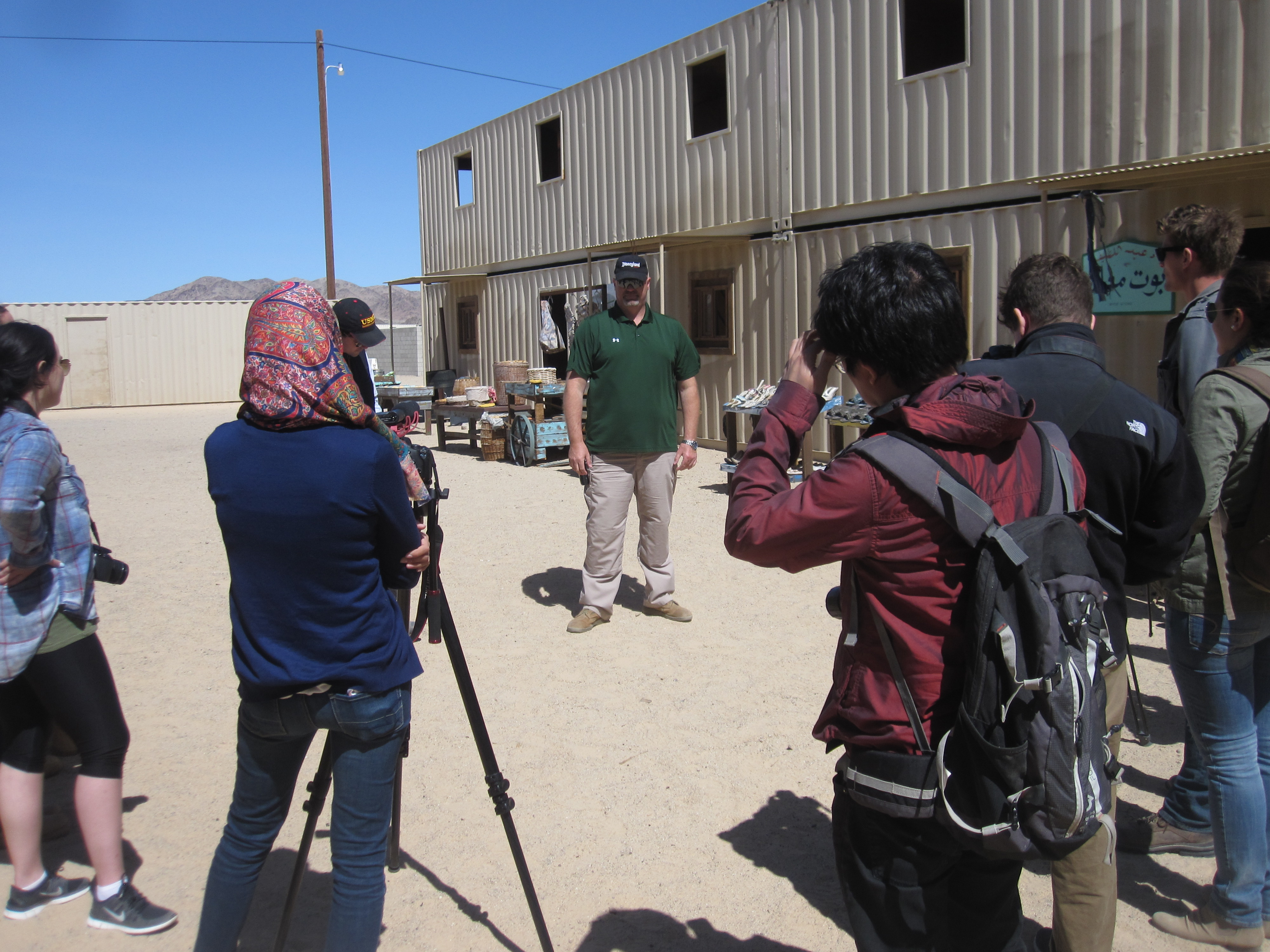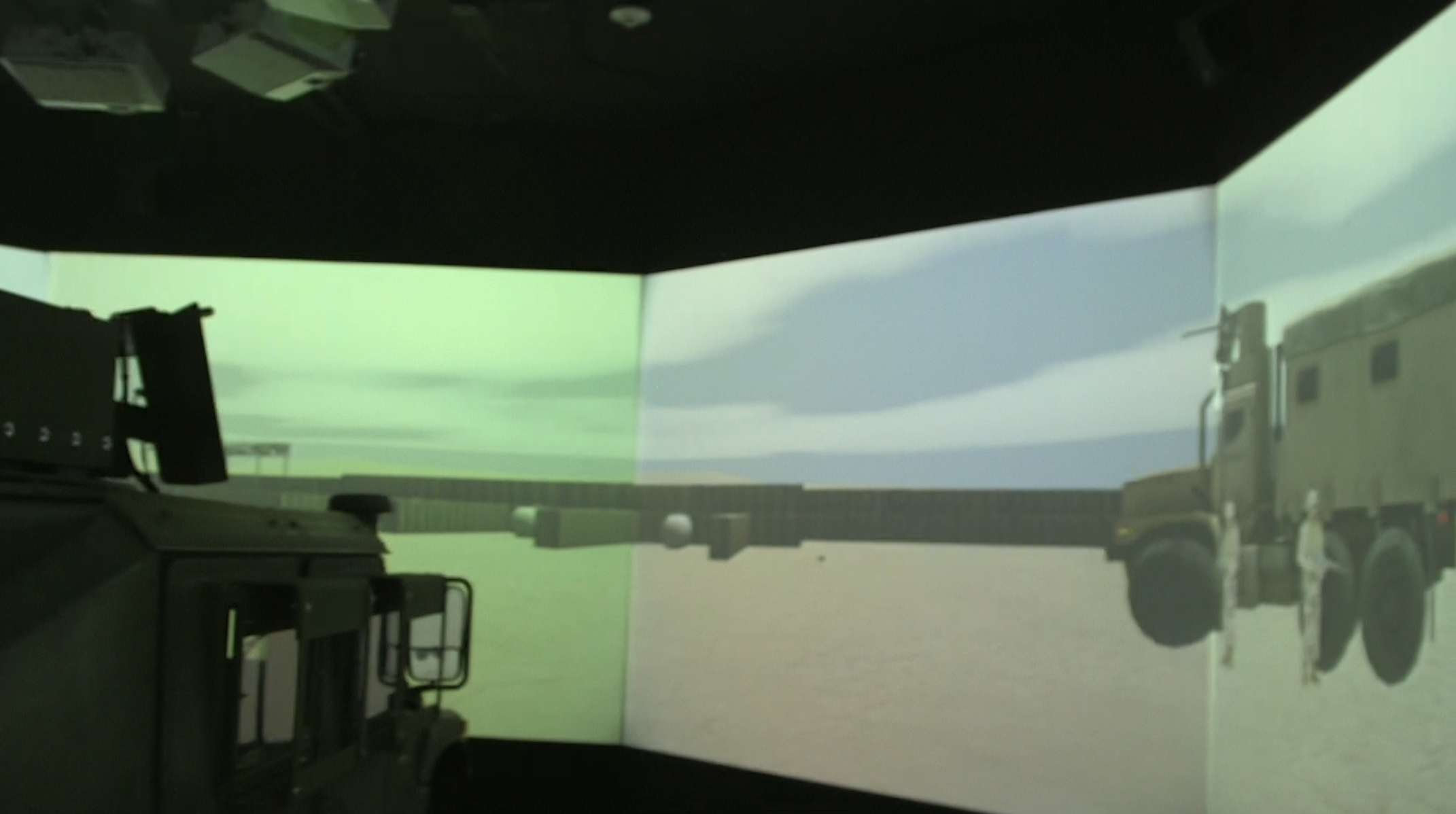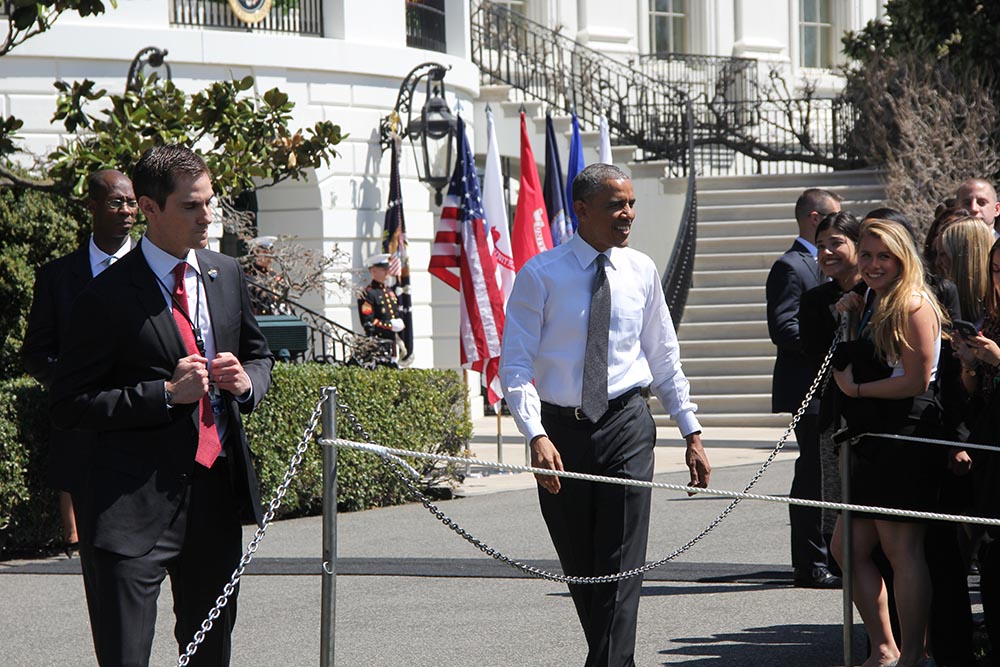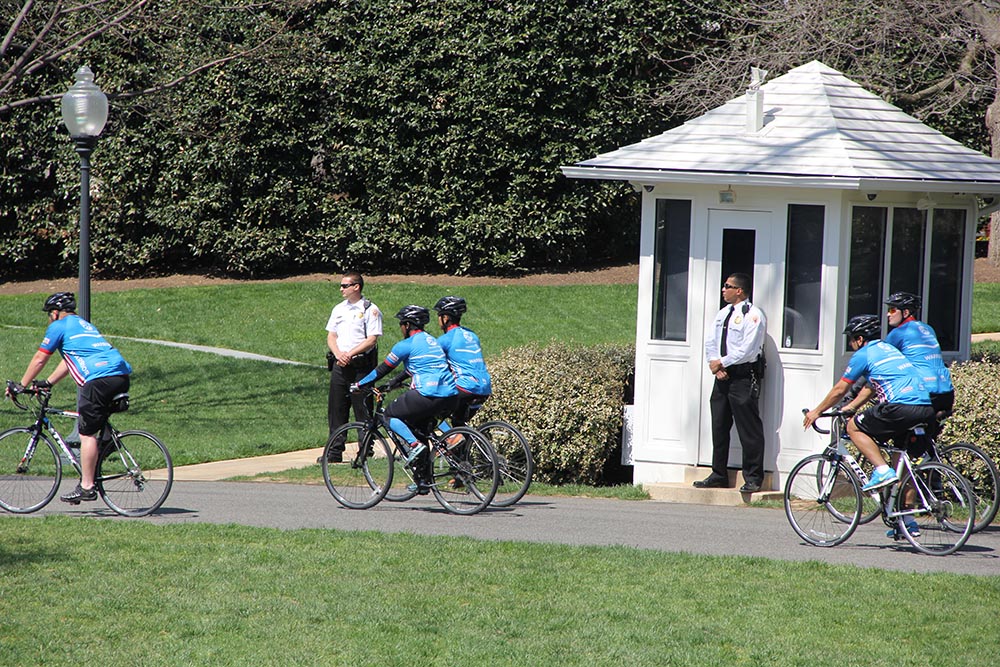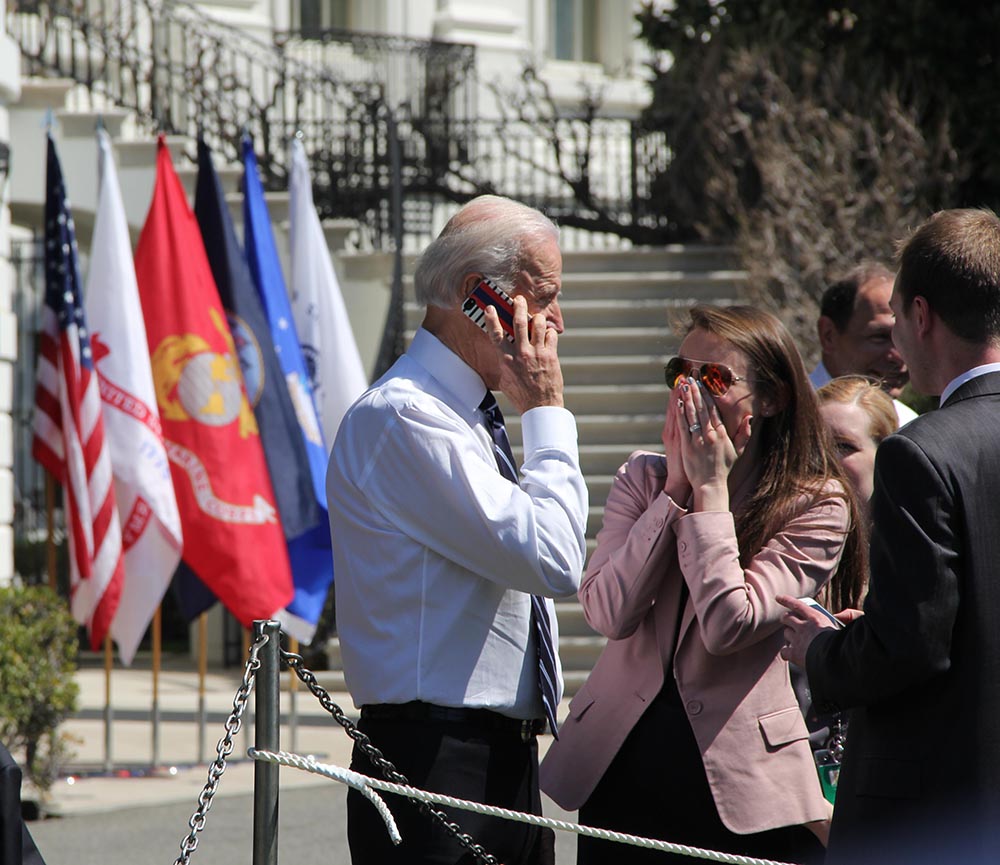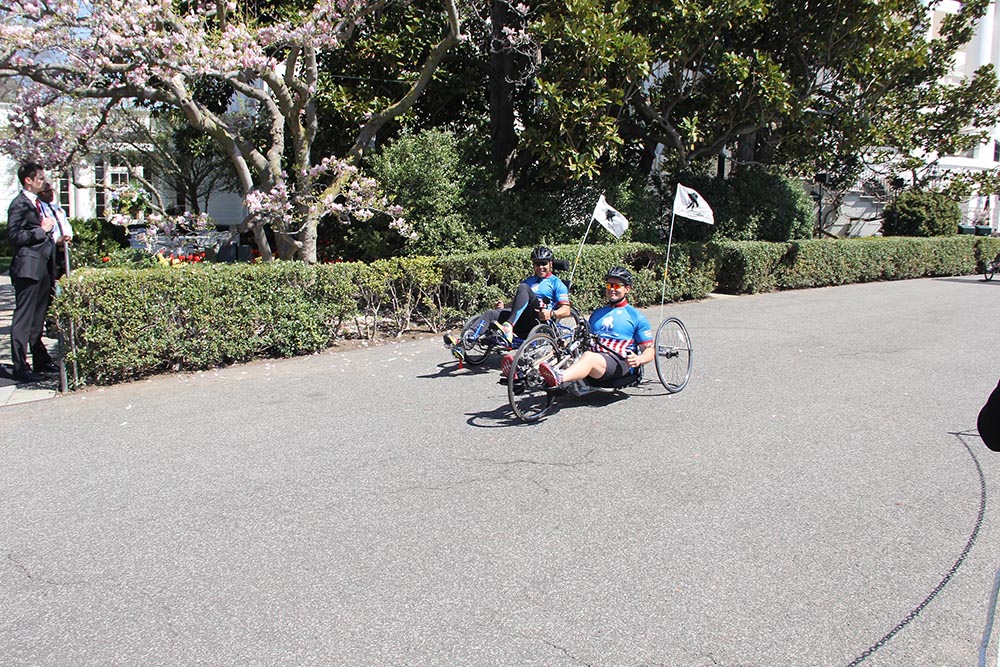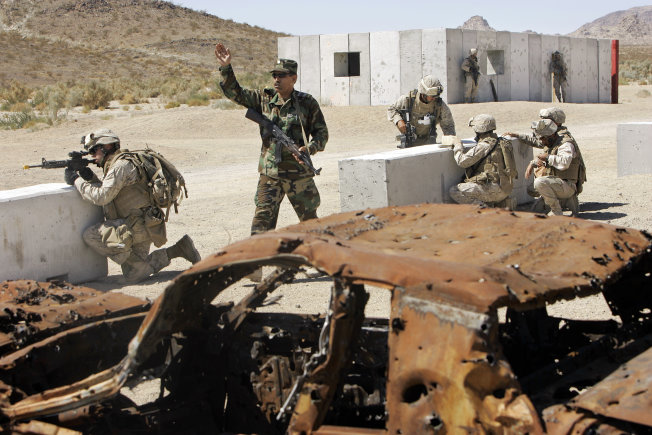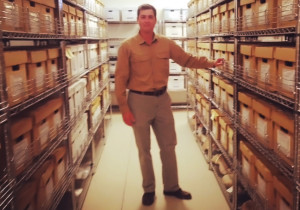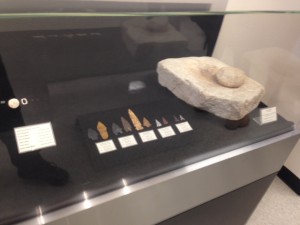COLUMBUS, Ohio — A Marine Reserve unit that suffered some of the heaviest casualties during the Iraq War reunited Aug. 15-16. Many of the vets still bore the physical and emotional scars left by the 2005 deployment.
Hundreds of Marines and family members gathered here at Rickenbacker Air National Guard Base to pay tribute to Lima Company, 3rd Battalion, 25th Marines. Ten years have passed since the Ohio-based unit lost 22 Marines and a Navy corpsman while operating near Haditha.
Sharing decade-old memories with combat buddies was bittersweet, said medically retired Lance Cpl. Carl Schneider.
“It’s always good to see them; but it’s very hard, too,” he said. “I know it’s been 10 years, but it doesn’t feel like it.”
In January 2005, the 180 Marines of Lima Company, nicknamed “Lucky Lima,” 3rd Battalion, 25th Marine Regiment, with 180 men, mobilized for Operation Iraqi Freedom. They returned here without 23 of their men.
The deployment had a relatively quiet start, with Lima Company remaining unscathed for the first several weeks. But in May 2005, nine Lima Marines were killed — several in the same improvised explosive device attack. In July, two more Marines and a corpsman were killed in action. The following month, 11 Marines riding in an amphibious assault vehicle were killed by a roadside bomb attack.
In the decade since that deployment, many of the Marines have gotten married, raised children and grown beards. Almost all have left the Marine Corps to pursue other careers.
Some of them kept in frequent touch because they remained in the Columbus area, but others hadn’t seen each other in years. Even George “Doc” Wentworth, the company’s corpsman, who knew each member of the unit because he handled their medical paperwork, said it was tough putting names to some of the faces.
“It’s been five or 10 years since I’ve seen them,” he said.
While a decade has passed and some of the physical scars have faded, the memories have not.
Schneider said he learned to cope with the memories in part through his career as an occupational therapist. He was one of the Marines severely burned in the May 2005 IED attack. He underwent 15 surgeries, including extensive skin grafting, to repair his face and arms.
Schneider brought his wife, Charlotte, and their 9-week-old son to the reunion. It was the couple’s one-year wedding anniversary, but instead of a romantic date, they ate dinner with Lima Marines and families.
“This is how much we wanted to be here,” Charlotte Schneider said.
Schneider’s family joined other veterans and their families on buses Saturday for the 30-mile trip to the memorial service south of Columbus. They were escorted by a dozen police cars and about 600 motorcycles. Traffic stopped on Interstate 270, while drivers and local firefighters stood at attention and saluted the unit.
“These Marines here are just at that point in their lives now when they begin to process what happened,” said retired Chief Warrant Officer 4 Orrin Bowman. “And that’s why we’re having this reunion — so these guys can reunite and reconnect.”
Bowman didn’t deploy with the unit, but instead had the difficult duty of making the 23 casualty assistance calls.
“We had nine funerals in five days,” he said.
Since his retirement from the Marine Corps in 2006, Bowman has been active as president of the Mid-Ohio Marine Foundation and was part of the committee that organized the reunion. Although the memories from 10 years ago still haunt him at times, he said, “being here is great. It’s good therapy for me.”
Robert and Cherie Hoffman sat in the front of the bus, staring out at the firefighters and motorists lining the highway. “I don’t want to be here,” Robert whispered to his wife. Cherie held his hand. Their son, Sgt. Justin Hoffman, died in an IED blast in May 2005.
Being around the Marines and hearing stories of their deployment has helped the sergeant’s parents find peace. Looking out for each other is what helped many of the Lima families, both those dealing with death and those dealing with being survivors. After walking around the hotel ballroom where the families had gathered and talking to Sgt. Hoffman’s friends, Cherie Hoffman was smiling.
“I got eight new numbers tonight, and I’m going to invite all of these kids over for dinner,” she said.
During the memorial service at the base, Sgt. Maj. Dan Altieri, the top enlisted member of 25th Marines, read the final roll call of the fallen, but also noted that Lima Company’s deployment forged lasting friendships.
“We need to move forward remembering the good things,” he said.
Retired Lt. Gen. Dennis McCarthy, who led Marine Corps Forces Reserve during Lima Company’s 2005 deployment and served as the guest speaker during the reunion, agreed. He said the unit should not be defined by its loss.
“I think it’s not disrespectful at all to remember more than just the losses,” he said. “Don’t allow Lima’s legacy to be all about the losses.”










